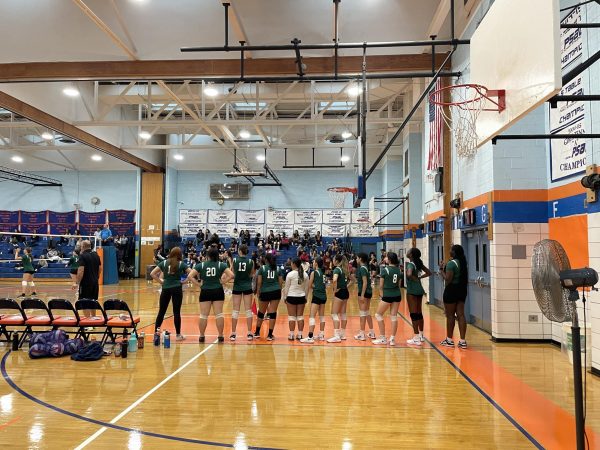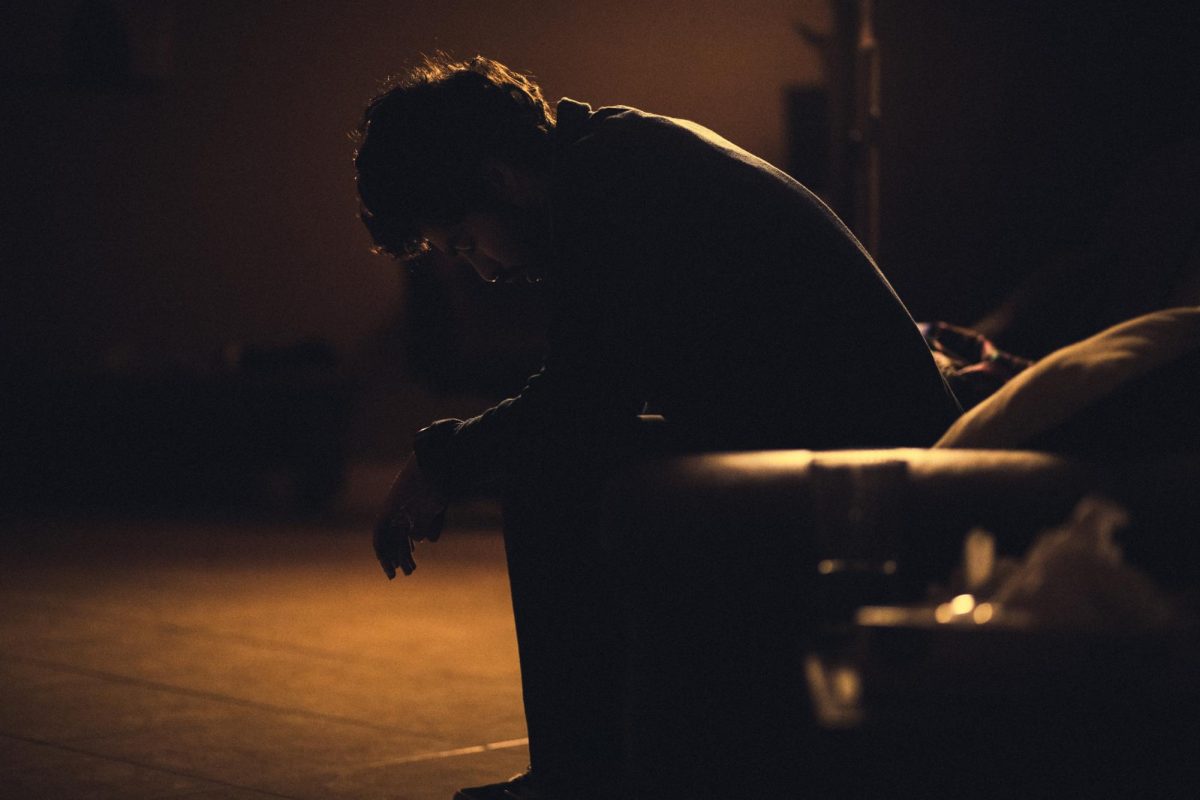Everyone has a dream. For some, it may be to get into a top-ranked college or make it big in Hollywood. For the eight million high school athletes in America, the dream is to play for a National Collegiate Athletics Association (NCAA) school. But it’s not without its physical and mental challenges.
As a high school student-athlete, there’s pressure from coaches, teammates, professors, classmates, parents, and yourself. According to an article from GALLUP, one in three young Americans experience depression in some way, shape, or form. Unsurprisingly, studies concluded that 23% of student-athletes were at risk for depression, 12.5% experienced anxiety, and 8% had low self-esteem. Mental health for athletes has declined drastically over the years, partially due to the stigma surrounding the topic.
In many cultures, mental health is taboo, and clubs and coaches treat it as such. Athletes often fear that if they report using antidepressants, their coaches may view them as less capable. This is especially prevalent during the collegiate recruiting process. Internal battles can easily be masked but suppressing emotions can be a draining task.
Scientifically, exercise increases adrenaline and endorphins, but that can’t always counteract the negative emotions that athletes feel throughout their season. Typically, kids will join youth programs, clubs, or school teams so they can play the sport they love with people they love. Exposure to toxic coaching or hyper-competitive settings can very easily make these fun activities unfulfilling.
A reason why many athletes grow to dislike their sport can be credited to a destructive environment. Student-athletes sometimes encounter toxic coaches during their careers. There is a line between constructive and destructive criticism, which is important to distinguish. Toxic coaches may frequently cross that line.
Oftentimes, toxic coaches will punish a player by not putting them in games, commenting on their weight, or even insulting their character. Young athletes may drop out of their out-of-school club team and school team when their coaches treat them with less respect.
The remaining percentage of young kids who proceed with their sport will often join their high school teams or continue their club careers. Between the ages of 14-18, the level of performance will be much greater, on and off the court.
At a specialized high school like Bronx Science, we believe that academics are the most important, and athletics come second. Statistically, student-athletes perform better in school during their season, but the challenge level of the course must be considered. The demands of high school athletes, not just ones at specialized high schools, are incredibly high. Around 35% of high schoolers in the nation take at least one Advanced Placement class; 100% of Bronx Science students take at least one Advanced Placement class. The academic rigor required to pass an A.P. course is mind-boggling. For example, on a national scale, only 54% of students who take the A.P. Chemistry exam receive a passing score, 3 out of 5.
Most students at Bronx Science have never dealt with failing or borderline passing a test, quiz, or class in their academic careers before entering Bronx Science. When students are forced to juggle academics with the struggles they may face as an athlete, they can find it to be stressful.
This is a nationwide trend recorded among student-athletes of every age and division. A survey done in 2021 with athletes within the NCAA showed that 82% of female athletes “felt overwhelming anxiety,” and 58% “felt so depressed that it was difficult to function.” These could be fellow family members or friends, all touched by mental health issues.
Performance anxiety is an incredibly prevalent issue among student-athletes. Whether it stems from personal standards or pressure from coaches, it is expected that favorable results should be produced on the court or the field. Bronx Science multi-sport athlete Haleigh Heubeck ’24 who has played on the Girls’ Varsity Flag Football and Volleyball teams said, “Personally, it’s hard to put everything into perspective during practice or games, so it can help to wait until I’ve come down from an adrenaline rush to review my own performance.”
Individual sports, like golf or wrestling, typically rely on the accumulative points of each player to conclude placement. That puts a lot of strain on the individual athlete. Athletes in team sports may be able to hide their weaknesses occasionally, when they share the court or field with other talented athletes, but that doesn’t hide personal shame and resentment. The court and field have no place for cordiality but rather under specific conditions, it can be a feeding ground for low self-esteem and a fixed mindset.
Notable former D1 athlete Victoria Garrick Browne, who played in a Pac-12 Conference school University of Southern California (USC), is an avid supporter of mental health awareness in student-athletes. In an interview conducted in 2021 by Williams Record, she made an interesting analogy of how depression and anxiety can peak when you reach higher levels in your sport. It’s quite ironic, considering outsiders expect athletes to be overwhelmed by joy when they progress in their sport. But that’s not always the reality. Most athletes in high school have a maximum of four years on their school or club team. An important detail is that their sport is seasonal, so their time to prove themselves is limited. Coaches feel pressure to maintain their win streaks and improve their statistics, and evidently, that pressure is applied to these students who already juggle multiple A.P. classes and family commitments. The relationship between a coach and their athletes can be strenuous. There can always be more to give, and there can never be enough.
So what insurance do student-athletes have? A family.

After a long day of practice or a challenging day at school, these teenagers are able to find sanctuary at home. Many parents devote their time to coming to their kids’ games, driving them across states for club teams, bringing snacks, and making the house as comfortable as possible for their kids. It’s also proven that pets can reduce stress, which reportedly by many pet owners, can be very beneficial long term.
It’s also important to step back from reality and put things into perspective. It’s very easy to allow self-hate to dictate self-worth, but we don’t always know ourselves the best. The notion that “you are your best critic” stands, especially in a world dominated by co-comparison in every you look. Individuals can not possibly objectively analyze themselves. This is why reaching out to family and friends is incredibly important. As Heubeck said, grounding yourself after a poor practice or game is essential. We are all human and can not punish ourselves for human error.
Whether it’s an individual sport or a team sport, student-athletes will always have their teammates by their side. Every single athlete has at some point dealt with performance anxiety, low self-esteem, self-doubt…the list is endless. Heubeck emphasizes that “As much as we are pressured by teammates and coaches around us, I know for a fact that every athlete is supported immensely by the very same people.” The traumatic emotions that may mentally distance a player are also the ones that bind the team together. At the end of the day, teammates struggle with the same curriculum, teachers, and skills on the court. Why not help each other by talking things out?
Humans naturally strive to create relationships with others. Thus, student-athletes are not as alone as they think.
As a high school student-athlete, there’s pressure from coaches, teammates, professors, classmates, parents, and yourself.

